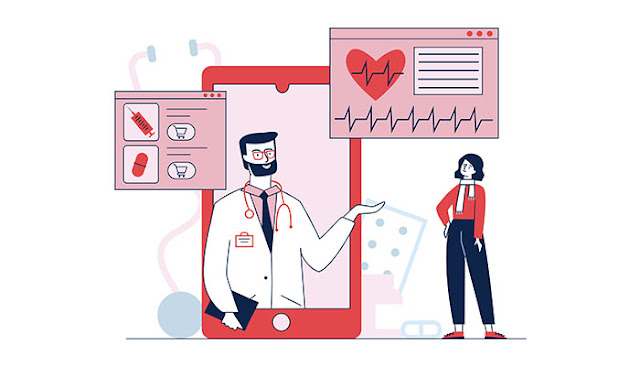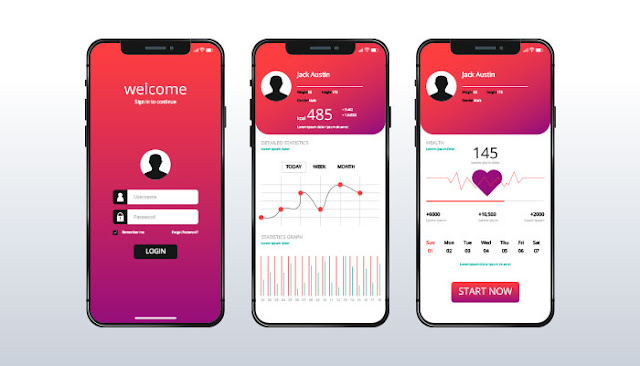3 Types of Telehealth Platforms
Unlike telemedicine solutions, which focus more specifically on clinical services, telehealth solutions cover a broader range of health services.
Some Major types of Telehealth Platforms are:
Store & Forward Telehealth Solution
Store and forward telehealth solutions enable healthcare providers to exchange a patient's medical photos, videos, or health information with a doctor in another location.
This enables a medical expert to examine a medical situation without the patient's presence. It's also a popular telemedicine solution in rural locations or areas with a scarcity of specialists.
Remote Patient Monitoring
Remote patient monitoring telehealth platforms enable physicians to monitor a patient's health from a distance.
A diabetic patient, for example, can use a glucose tracker at home to detect glucose levels and report them to their doctor.
Remote monitoring telehealth systems automate the patient's data transmission process and either send the doctor a regular report or allow them to "check in" on the patient on their schedule, allowing patients and doctors to stay in continual communication with little effort or cooperation.
Mobile Health Solutions
Healthcare, patient involvement, patient education, and public health initiatives delivered via mobile devices such as cell phones, computers, and tablets are examples of mobile health.
Because the majority of people now own a smartphone, mHealth is an important component of telehealth software solutions. mHealth solutions are often in the form of mobile applications.
They can range from a basic app that emails patients to remind them to take their meds to a more complicated tool that links patients to physicians through a live 2-way video.
Some mHealth software aims to educate users about health concerns or to better engage them in their treatment. In terms of telehealth solutions, mHealth is one of the fastest-growing and most diverse.
Conclusion
Telehealth software isn't usually designed with patients in mind. Telehealth technologies are increasingly being used by healthcare practitioners for remote consultation and medical education.
A primary care practitioner might use live telehealth video to confer with a specialist in another location about a difficult patient situation.
A healthcare professional may offer a breakthrough medical approach or teach a team of doctors in a faraway, third-world nation by phone or online conference. In this instance, the options and telehealth solutions are limitless. To have more insights on telehealth platforms in our blog section.




.jpg)

Comments
Post a Comment